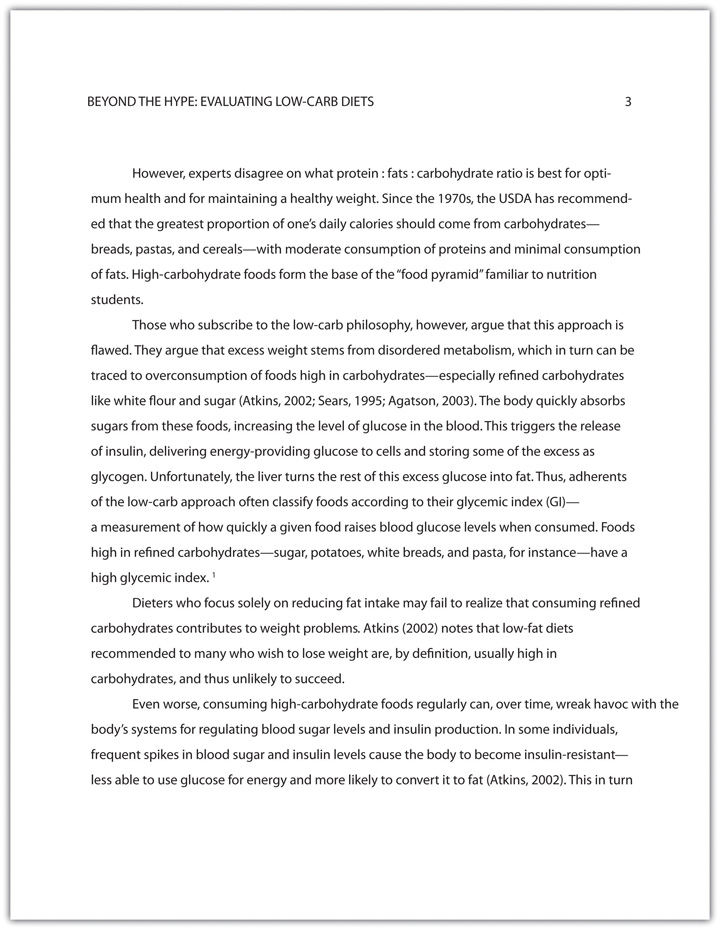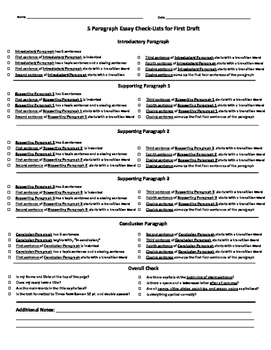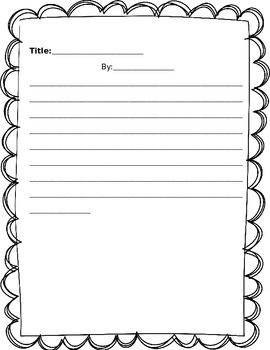
Here are some common examples of wordiness to look for in your draft.

Sometimes writers use too many words when fewer words will appeal more to their audience and better fit their purpose. In the version that follows, she has already deleted the sentences that were off topic. She looked for places where she needed to add a transition or perhaps reword the text to make the flow of ideas clear. Transitions That Clarify the Order of Events or StepsĪfter Maria revised for unity, she next examined her paragraph about televisions to check for coherence. Transitions That Introduce the Final Thoughts in a Paragraph or EssayĪll-Purpose Transitions to Open Paragraphs or to Connect Ideas Inside Paragraphs Transitions That Change a Line of Thought Transitions That Continue a Line of Thought Table 8.3 Common Transitional Words and Phrases Transitions That Show Sequence or Time The wording clearly indicates how one idea leads to another within a paragraph and from paragraph to paragraph. When the writing has coherence A quality in which the wording of an work clearly indicates how one idea leads to another within a paragraph and from paragraph to paragraph., the ideas flow smoothly. When a piece of writing has unity A quality in which all the ideas in a paragraph and in the entire essay clearly belong and are arranged in an order that makes logical sense., all the ideas in each paragraph and in the entire essay clearly belong and are arranged in an order that makes logical sense. Their writing may no longer be clear and concise, and they may be adding information that is not needed to develop the main idea. However, when writers are rushed, are tired, or cannot find the right words, their writing may become less than they want it to be. For this, you need to teach yourself where to look.įollowing your outline closely offers you a reasonable guarantee that your writing will stay on purpose and not drift away from the controlling idea.

You also need to train your eye and trust your ability to fix what needs fixing. However, as a writer and a thinker, you need to learn to be critical of yourself in a positive way and have high expectations for your work. Many people hear the words critic, critical, and criticism and pick up only negative vibes that provoke feelings that make them blush, grumble, or shout. Find out where your school’s writing lab is located and ask about the assistance they provide online and in person. Use the resources that your college provides.Ask someone you trust for feedback and constructive criticism.Set aside your writing for a few hours or even a day until you can look at it objectively. You are proud of what you wrote, but you might be too close to it to make changes. Try them over the course of this semester then keep using the ones that bring results. How do you get the best out of your revisions and editing? Here are some strategies that writers have developed to look at their first drafts from a fresh perspective. You make your essay into a polished, mature piece of writing, the end product of your best efforts. You fix any problems in grammar, punctuation, and sentence structure. Editing often involves adding or changing words, and fixing any problems in grammar, punctuation, and sentence structure., you take a second look at how you expressed your ideas. When you edit To examine a piece of writing for how the writer expressed his or her ideas.You might add, cut, move, or change information in order to make your ideas clearer, more accurate, more interesting, or more convincing. Revising often includes adding, cutting, moving, or changing information in order to make the ideas clearer, more accurate, more interesting, or more convincing., you take a second look at your ideas. When you revise To examine a piece of writing for clarity of ideas.

Revising and editing allow you to examine two important aspects of your writing separately, so that you can give each task your undivided attention. Understanding the Purpose of Revising and Editing


 0 kommentar(er)
0 kommentar(er)
